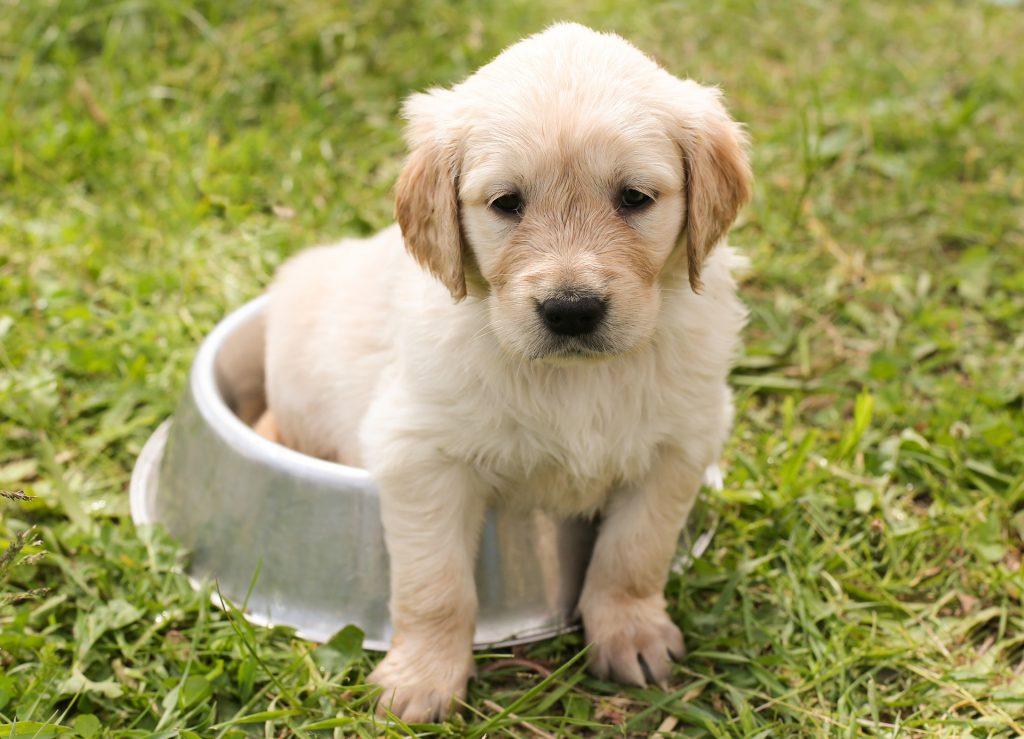
For many people out there, a family isn’t complete without a dog. If that sounds like you, and you’ve made the big decision to adopt your first dog, then there’s no doubt that the household is filled with excitement and anticipation. Before you bring home your new furry family member, however, there are a few things that you can do to prepare your home for the dog’s arrival. These are steps that will keep the dog safe, healthy, and happy and make the transition experience easier for all involved.
Do a Backyard Check
Because your dog will be spending time outdoors, it’s important to do a thorough backyard check. This involves checking for places the dog could escape out of the yard, looking for things it could get into that wouldn’t be safe for the dog, and possibly installing a spike/stake in the ground that you can attach a lead to. These spikes are perfect for people who don’t have fenced in yards.
The other option is to look into invisible fencing, which is installed under the ground. The dog then wears a special collar while outdoors and this collar will produce a zap if they should cross the fence line. Keep in mind that there will be training involved with this option so the dog can learn its boundaries.
Invest in an Outdoor Dog House
While on the topic of the yard, it’s also a good idea to provide your dog with their own personal space in the form of an outdoor dog house. Spending some time to find the best dog house for sale for the size and type of breed you plan on adopting, means you’ll have a very happy dog on your hands.
A dog house is a very special place for your pet where they can feel safe, secure, and comfortable. Your dog can go there to relax and enjoy privacy whenever they want. With so many types of dog houses available, it can be tricky to find the right one for your dog. Here are a few tips to keep in mind:
Shop for a house that is large enough for the dog once it reaches its full size. The door should be big enough for him to easily move through, and the house itself should offer him enough space to walk inside and get comfortable.
Search for a house made of durable materials that will endure a variety of weather conditions. Some are even insulated, which helps to keep them more comfortable in cold, wet, and windy conditions.
Look for a house that can be staked to the ground to ensure it is stable and secure.
Make sure it allows for proper circulation in the hot months so the dog doesn’t overheat in the house.
Look for flooring that detaches to allow for simple cleanup.
Some houses provide door flaps, which will help keep the nasty weather conditions out.
Depending on your DIY skills, you may want to search for a house that is simple and quick to assemble.
The most common materials used for dog houses are wood, metal, and plastic. Each has its own pros and cons, and should be weighed against the size of your dog, where you plan on placing the house, and the type of weather conditions you get.
Stock Up On the Necessities
If you already know what kind of dog breed you are getting, you can stock up on the necessities for inside the home. This includes such things as a dog bed, a couple of dog-friendly and size appropriate toys, a leash and collar, treats for training, a brush for grooming, and bowls. It’s a good idea to hold off on purchasing food in advance as you may want to keep the dog on the food they are used to eating and then gradually transition them to your preferred brand.
Puppy Proof the House
The next step should be to puppy proof your house. Even if you are bringing home a dog who is past his puppy years, you still will want to take time to do this step. What this means is that you walk around your house and look at things through a dog’s eyes and their vantage point. Be sure to remove any items that could be unsafe, or that are special and irreplaceable.
Be sure to remove any houseplants they can reach, place chemicals and harmful materials on high shelves, install gates if necessary, and tape down any loose electrical cords that they may be able to chew. Experts recommend actually lying on the floor and looking around so you can see things at their vantage point.
Discuss the Rules of the House
It’s also a good idea to discuss the rules of the house where the new dog is concerned. Where will the dog sleep, are there any rooms that are off-limits to the dog, what will happen with the dog when everyone is out of the house – where will it be, will the dog be allowed on furniture, who is responsible for walking the dog, who will feed the dog and what time of day, who will train the dog and how, etc.
It’s important that everyone is on the same page so that the dog isn’t sent confusing or conflicting messages once they arrive. If this is a family pet, the entire family should also share in the responsibilities of pet ownership. It’s a great lesson in caring for a living creature, and at the same time it helps promote bonding between the dog and everyone in the home.
You’re Ready to Welcome Your New Family Member
By taking the time to properly prepare your home and discuss the house rules, you will find you have a much smoother transition when your new dog comes home. It makes it easier not just for the humans living in the house, but also for the dog who is trying to learn the rules and where it fits in.